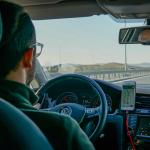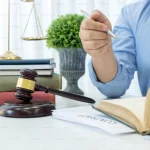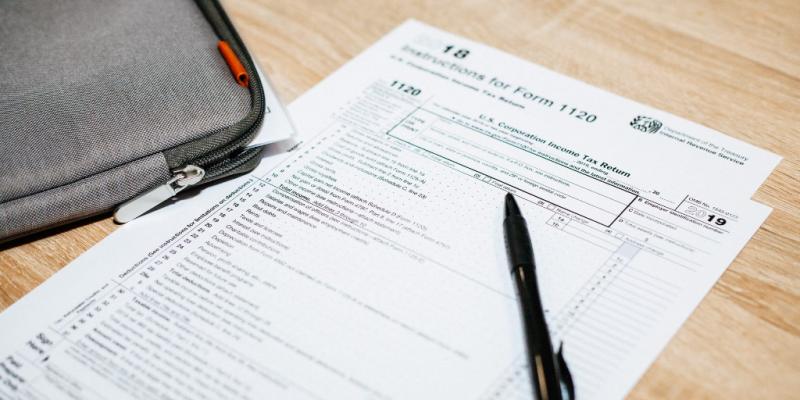How Can a Lawyer Prove a Driver Was Distracted Before Hitting a Cyclist?
Distractions on the road are more dangerous than many realize, especially for cyclists who have minor protection against a collision. When a distracted driver causes a bicycle accident, proving their negligence can be the key to securing justice and fair compensation.
A bicycle accident lawyer in Connecticut fighting for justice can help uncover crucial evidence, such as phone records, witness statements, and traffic camera footage. But how do you prove distraction in court? And what legal options are available to injured cyclists? Read on to learn how the correct legal strategy can make all the difference.
Gathering Physical Evidence
Physical evidence at the scene of a bicycle accident can provide an accurate account of what happened. Evidence such as tire marks on the road, positions of the involved vehicles, and damage to the car and bicycle can point to distractions that might have been involved. Say a vehicle lost control and went out of its lane; it could hint at a driver having a lapse in focus. Evidence of the latter can help, such as photographs taken immediately after the incident. These photographs capture details that may not be remembered or may simply be discarded.
Witness Testimonies
Witnesses are a vital part of determining what happened before an accident. Nearby pedestrians, other drivers, or cyclists may have noticed the driver acting strangely or on a cell phone. Their testimonies would help shore up allegations of distraction. Defense attorneys often use witnesses to piece together the moments leading up to the accident. They should be collected soon after the events as memories fade.
Analyzing Phone Records
Another avenue of investigation is modern technology. They provide perhaps the most telling data point. Whether a driver was using their device at the time of the accident, based on mobile phone records. This could include calls, text messages, or use of the Internet, which could be a sign that they are distracted. Obtaining this information allows lawyers to identify the specific moment in time that a driver may have been looking away from the road. That evidence can be invaluable at trial, especially if the events happened when the incident occurred.
Examining Vehicle Data
Most vehicles on the road today also have high-tech hardware that tracks driving behavior. Systems such as event data recorders or onboard computers could record speed, braking, and steering inputs. This technical evidence offers insights into a driver's behavior leading up to the crash. Braking hard or swerving might indicate that they were responding to a distraction. When combined with other evidence, this technical evidence can put together a strong case.
Driver Behavior Patterns
Previous traffic citations, a record of using devices while driving, or social media posts that suggest someone is participating in unsafe activity are invaluable. This is more beneficial in understanding a driver's behavior regarding why they acted or failed to act during a particular situation incident. If there is a pattern of distraction, the lawyers can say that that behavior may have caused the accident. A broader view of the driver's history can also strengthen the overall story presented in court.
Consulting Expert Witnesses
Expert witnesses possess skillful knowledge to better a case. For example, accident reconstruction experts can recreate the accident scene and testify as to how distraction may have factored in. Likewise, psychologists or human factors specialists can discuss how specific distractions impact a driver's response time. It can help boost claims with their testimony or a scientific perspective to help reinforce the claim.
Using Security Camera Video
Cameras are monitoring you in cities everywhere. Video from traffic signals, nearby businesses, or even residential doorbell cameras can show what took place before, during, or after an accident. This kind of visual evidence can show a lot. For example, it could depict a driver distracted by a phone or neglecting to look into mirrors. If accessible, such videos report events dispassionately.
Building a Comprehensive Case
It is essential to piece together several bits of evidence to confirm distraction effectively. Combining all physical evidence, witness statements, complex data, and expert testimony into a narrative helps to bolster the case for an aerial intrusion. The multifaceted approach guarantees that all angles are considered and none are missed. When they see it all in this way, the story is almost impossible to rebut.
Conclusion
If you are dealing with an accident between a passerby and a driver potentially distracted behind the wheel, proving that the driver was distracted is never a simple matter. Through physical evidence, eyewitness accounts, technological data, and testimonies by experts, lawyers can build a strong case. As distractions remain a danger on the roads today, knowing how to prove them in court adequately is still essential.
More to Read:
Previous Posts:







